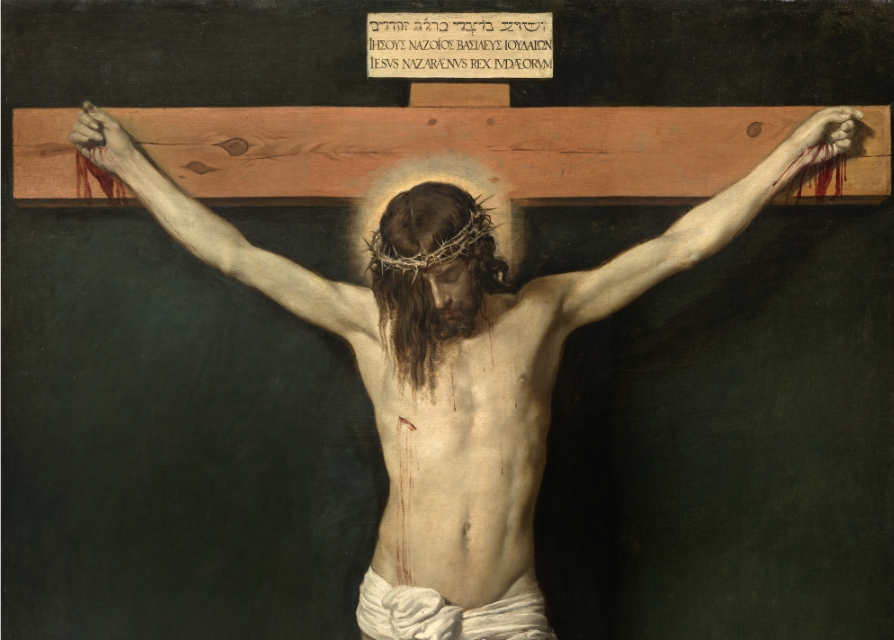The problem with nostalgia, the man said, is that it just isn’t what it used to be. But one man’s nostalgia may be very different from another’s. To criticise those who have a preference for the traditional Latin Roman rite of the Western Church as “nostalgic” is, really, an empty criticism.
Yet that criticism is still levelled by some.
Hence we have what looks like a reprise of the famous letter of writers, artists and intellectuals in the 1970s defending the Latin Mass, with a new epistle, written on 3 July this year to <em>The Times</em>, and signed by such a range of prominent people, from the Left and Right of politics, encompassing cultural leaders, writers, musicians, actors, opera singers, a senior RAF officer, men and women from every corner of modern life, as to defy categorisation. The only name that is missing is that of Brigitte Bardot, also known to favour the traditional Latin mass.<br><br><strong>RELATED: <a href="https://catholicherald.co.uk/leading-british-figures-appeal-for-access-to-latin-mass-in-echo-of-agatha-christie-letter/"><mark style="background-color:rgba(0, 0, 0, 0)" class="has-inline-color has-vivid-cyan-blue-color">Leading British figures appeal for access to Latin Mass in echo of ‘Agatha Christie Letter’</mark></a></strong>
It is said that Pope Paul VI, upon reading a copy of the 1970s letter sent to him, alighted upon the name of Agatha Christie and, recognising it, decided to grant an indult for English and Welsh Catholics to continue hearing the old Latin mass. British humour ensured that it was ever after called the “Agatha Christie” indult.
What, however, many have perhaps failed to grasp in more recent times is that the movement for the preservation, and wider use, of the traditional Latin rite, is largely a young person’s movement. They have also failed to understand that the placing of a ban upon anything often serves only to attract the attention of the young all the more. Indeed, some say that attempting to suppress the Latin rite has, inadvertently and ironically, been its best recruiting sergeant. <br><br><strong>RELATED: <a href="https://catholicherald.co.uk/why-young-people-love-the-chartres-pilgrimage/#:~:text=But%20it%20appears%20that%20for,long%20for%2C”%20Miller%20says."><mark style="background-color:rgba(0, 0, 0, 0)" class="has-inline-color has-vivid-cyan-blue-color">Why young people love the Chartres pilgrimage</mark></a></strong>
The movement for the Latin mass is not a movement of nostalgia by any stretch of the imagination. Nor is it the preserve of eccentrics and oddballs, as some, who ought to know better, continue lamely to claim. These same critics fail to ask the obvious and central question: why does this Roman rite appeal so strongly to so many young people?
The answer is eloquently provided in the 3 July letter to <em>The Times</em> as well as in the original letter of 1971.
Furthermore, the importance to Western civilisation and culture of the ancient Roman Latin rite cannot be over-stated. Some of the world’s greatest art and music has grown out of it.
There is hardly a western composer who has not felt that his <em>oeuvres</em> are incomplete without some piece written for the old Roman rite. Even our own Lord Lloyd-Webber, one of the signatories of the letter, has written for it with his famous piece <em>Pie Jesu</em>, taken from the Requiem mass of the old Roman rite.<br><br><strong>RELATED: <a href="https://catholicherald.co.uk/disappearance-of-the-traditional-mass-would-impoverish-the-world-both-spiritually-and-culturally/"><mark style="background-color:rgba(0, 0, 0, 0)" class="has-inline-color has-vivid-cyan-blue-color">Disappearance of Traditional Mass would impoverish the world both spiritually and culturally</mark></a></strong>
Some of the greatest liturgical authorities, like Fortescue, have long demonstrated that the ancient Roman rite has been largely unchanged since the time of Pope St Gregory the Great and, indeed, earlier. Thus, to call it the “Tridentine” rite is simply unscholarly.
The 1570 decree <em>Quo Primum</em>, of Pope St Pius V, came after the Council of Trent was over, and did little more than suppress all rites that were less than 200 years old and did so simply because so many experimental accretions had been added over that time.
Pope St Pius V altered not a jot of any of the other rites of the Roman Catholic Church of which there are now 23, or 24 if one counts the new Ordinariate rite, including the Coptic, Byzantine, Chaldean, Syrian and Melchite rites and so on.
The traditional Roman rite, so the scholars tell us, grew out of the old Jewish Temple worship and was rendered into Latin from the beginning. As few now know, the Greek rites came later, which is unsurprising since the official language of the Eastern Empire remained Latin until as late as 610 when the Emperor Heraclius changed it to Greek.
Few now know either that the reason why the prime liturgical languages of the Church are Hebrew, Greek and Latin is because, firstly, those were the languages written on the <em>titulus</em>, or title board, set above Christ’s cross, and, secondly, because they are the languages of revelation: the Hebrew of the Old Testament, the Greek of the New Testament, and the Latin of the law, theology and doctrine of the Church thereafter, corresponding to Father, Son and Holy Ghost, respectively.
The proposal to suppress the ancient Roman rite springs largely from ignorance, rather than knowledge, not only of these ancient concepts but of the 2,000 year significance of this ancient rite for Western civilisation and culture.
To seek to suppress it, therefore, is not a sign of growth but rather a sign of cultural vandalism and retreat.<br><br><em>Photo: Detail from 'The Crucified Christ' by Diego Rodríguez de Silva y Velázquez, circa 1632; screenshot from <a href="https://www.museodelprado.es/en/the-collection/art-work/the-crucified-christ/72cbb57e-f622-4531-9b25-27ff0a9559d7?searchMeta=christ%20crucified%20%20diego%20velazquez"><mark style="background-color:rgba(0, 0, 0, 0)" class="has-inline-color has-vivid-cyan-blue-color">www.museodelprado.es</mark></a>.</em>



